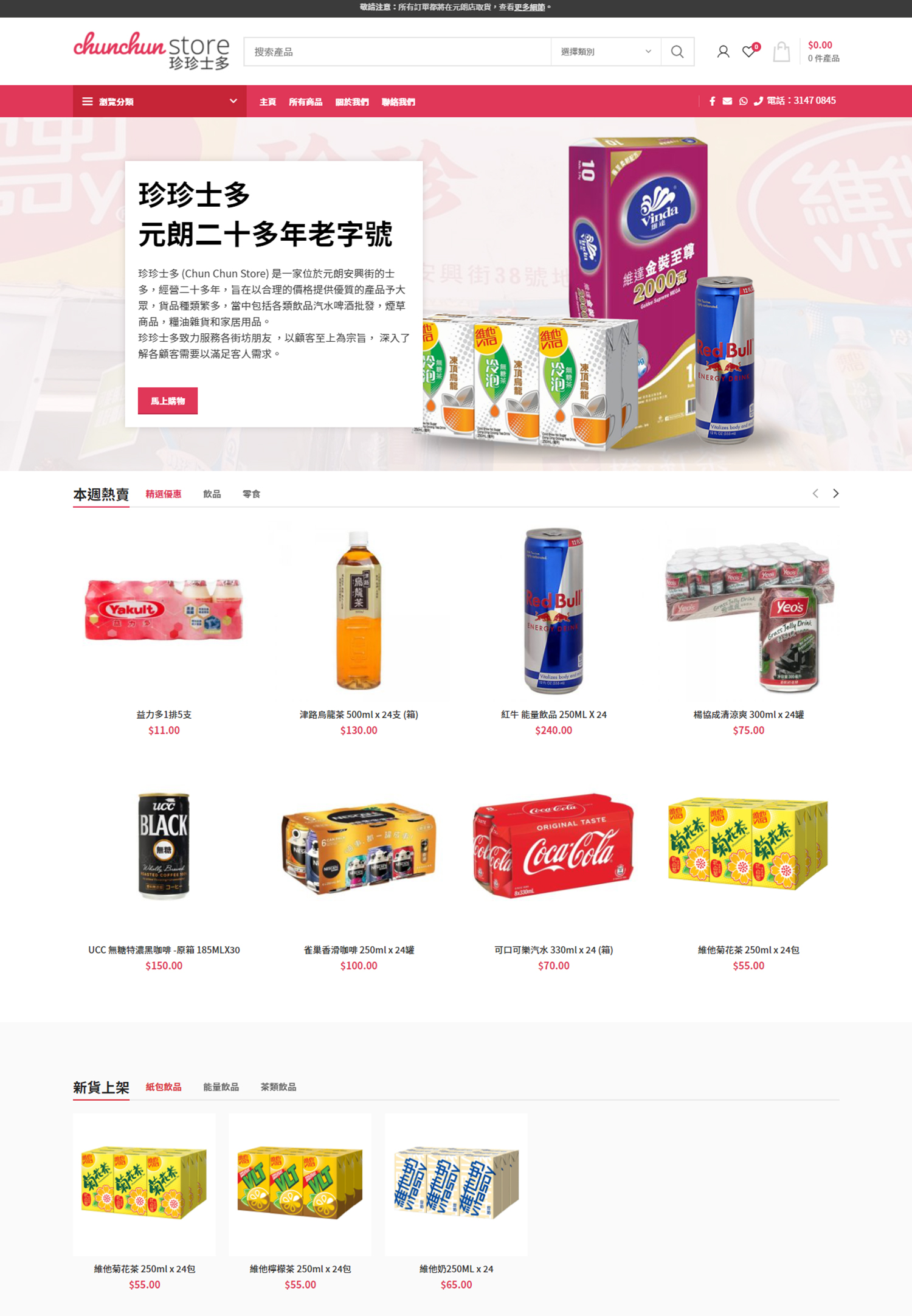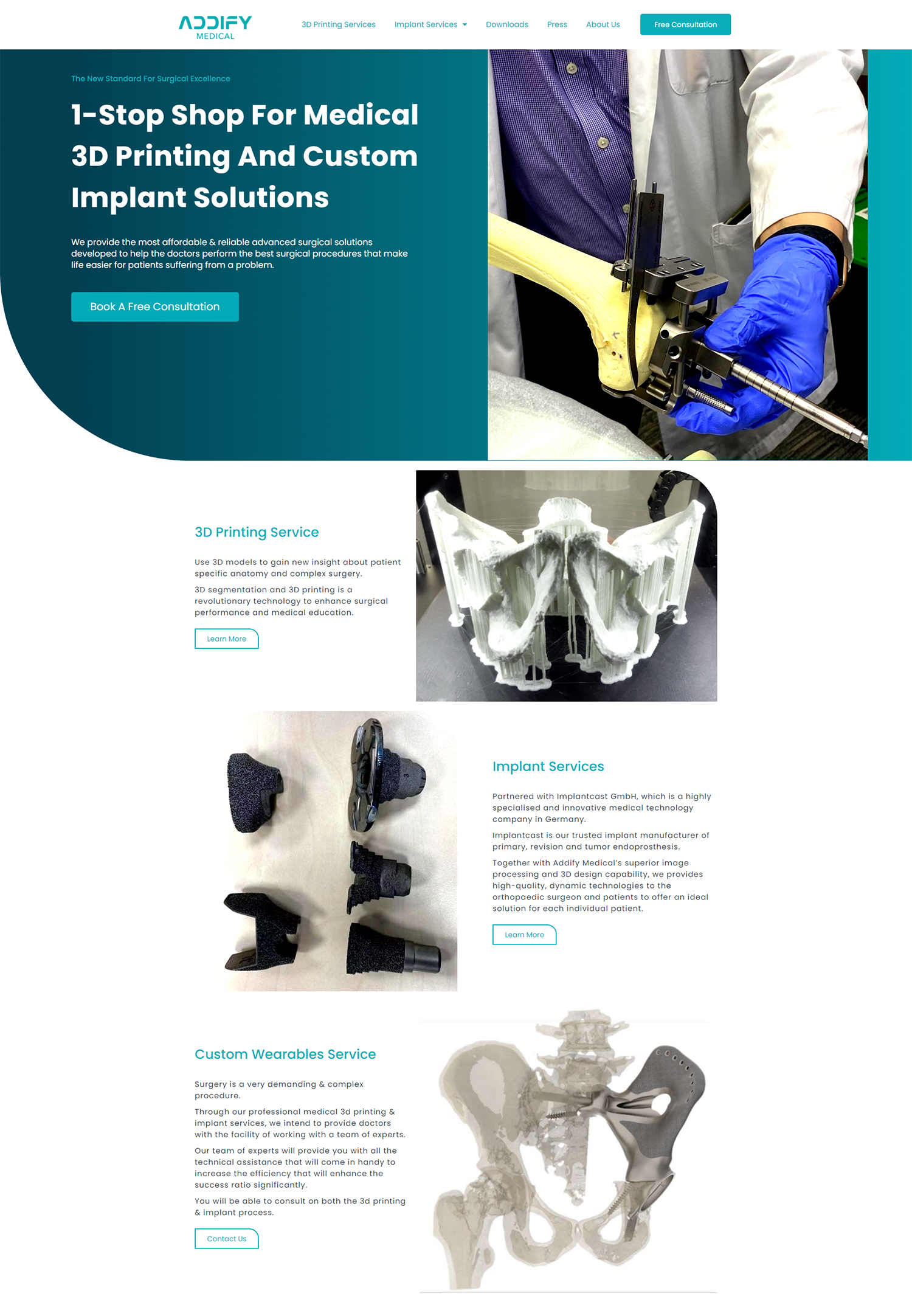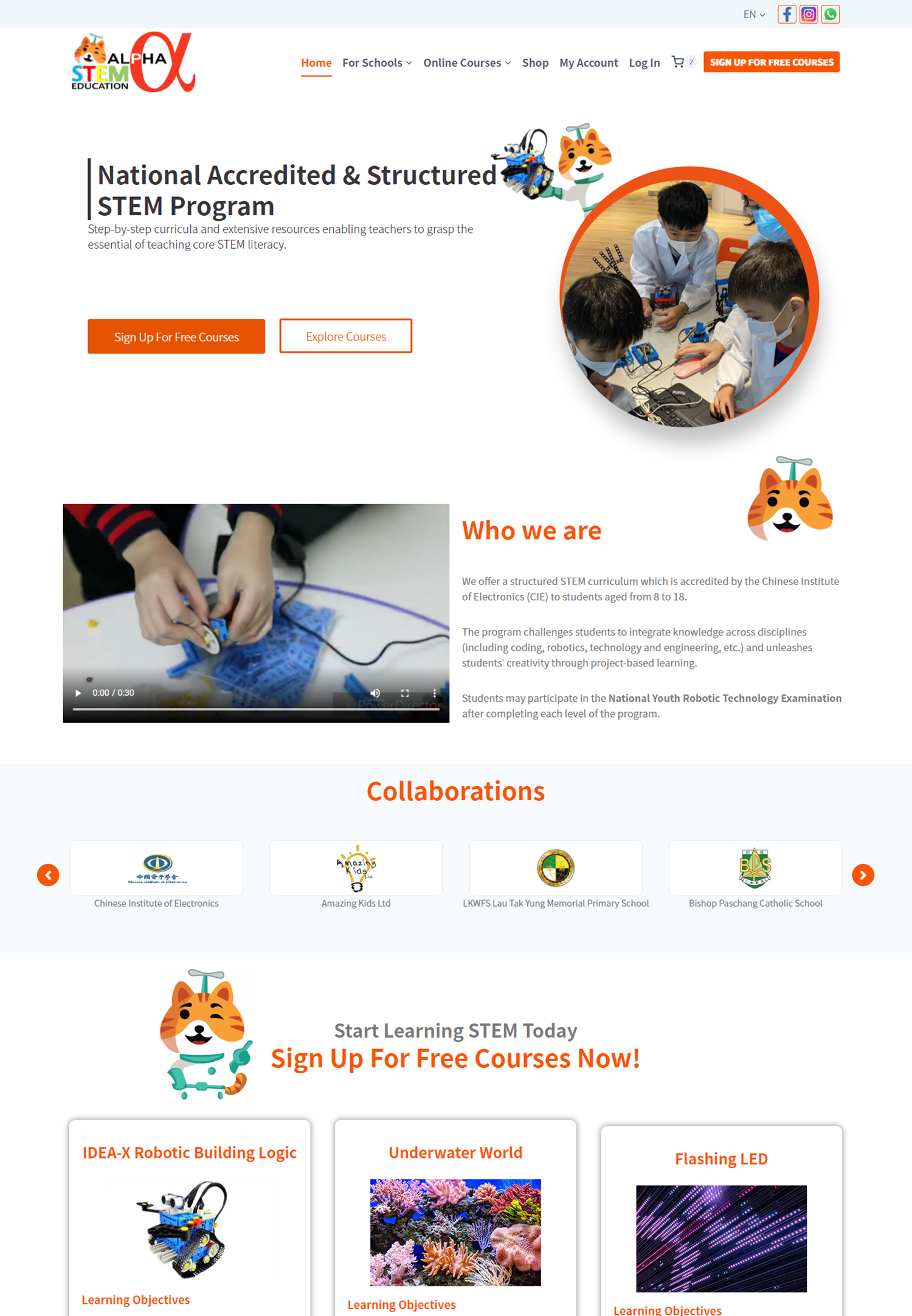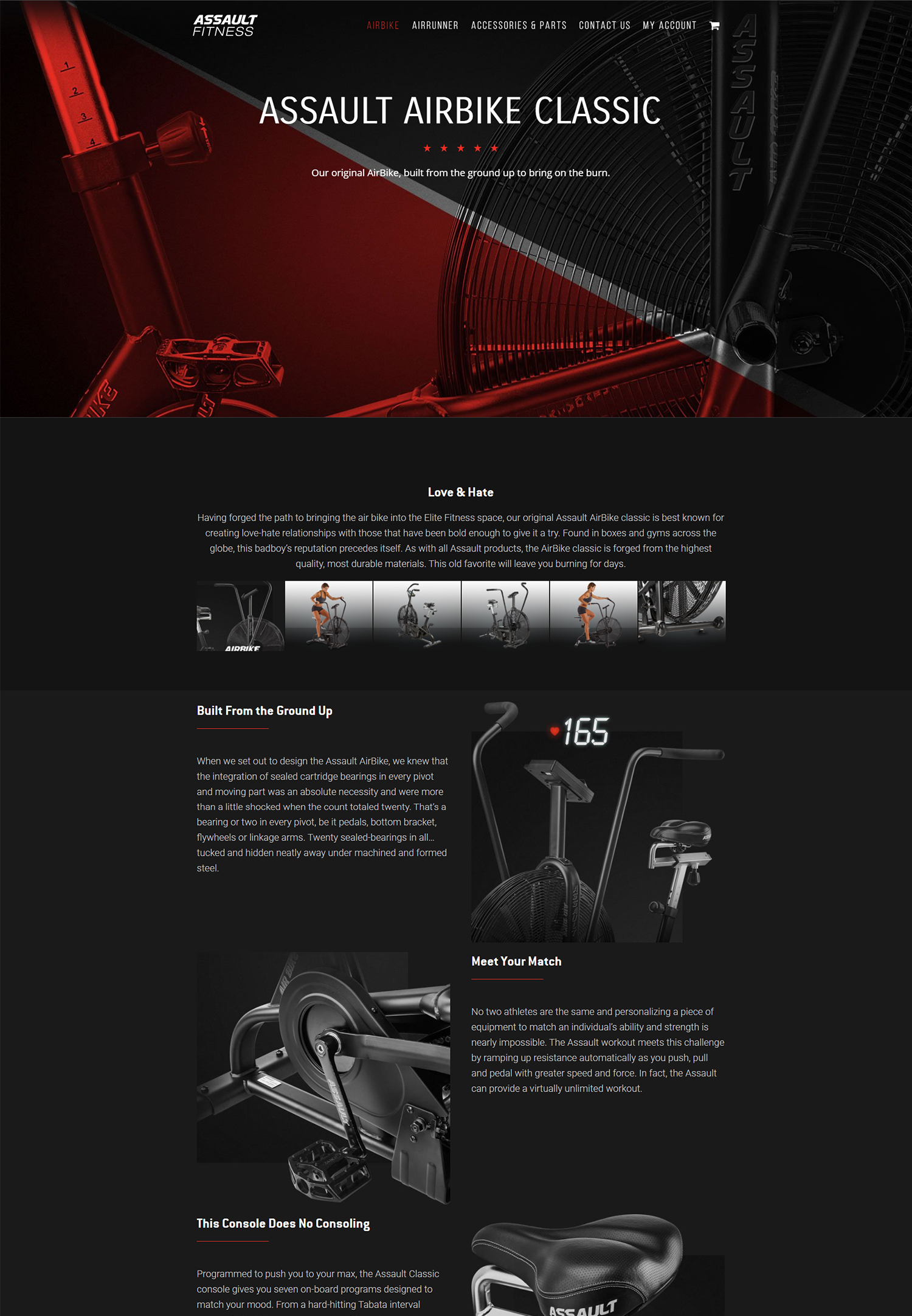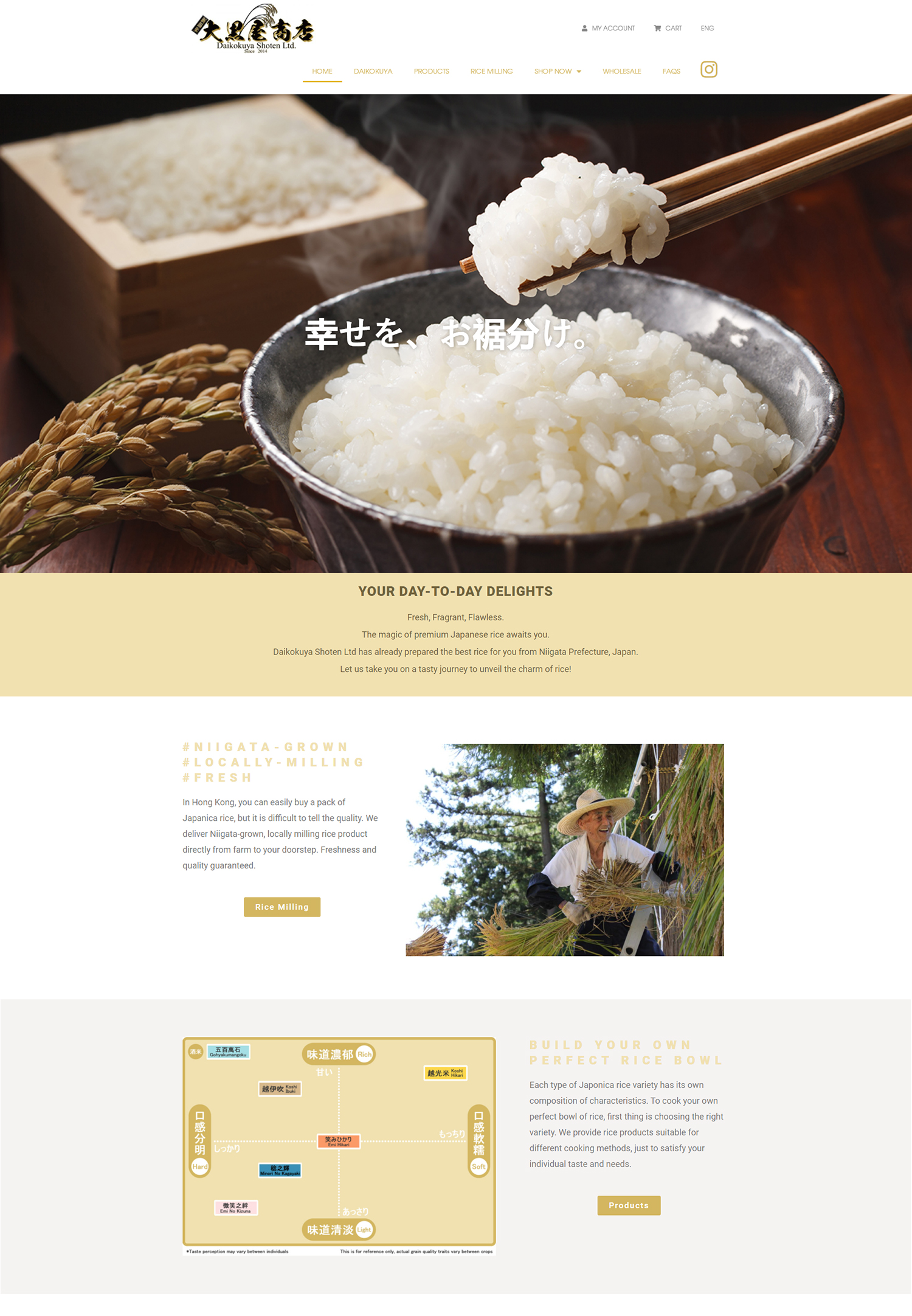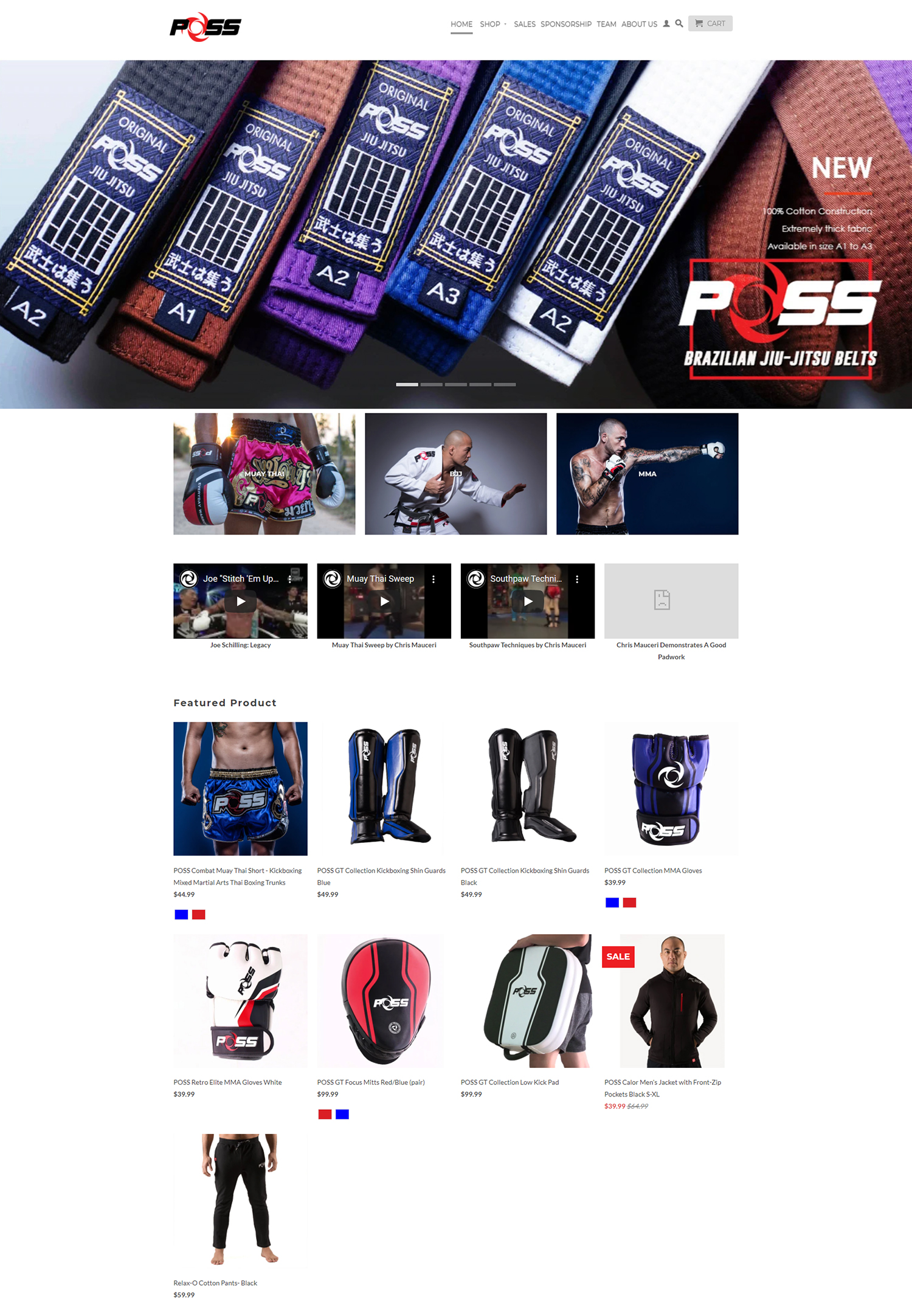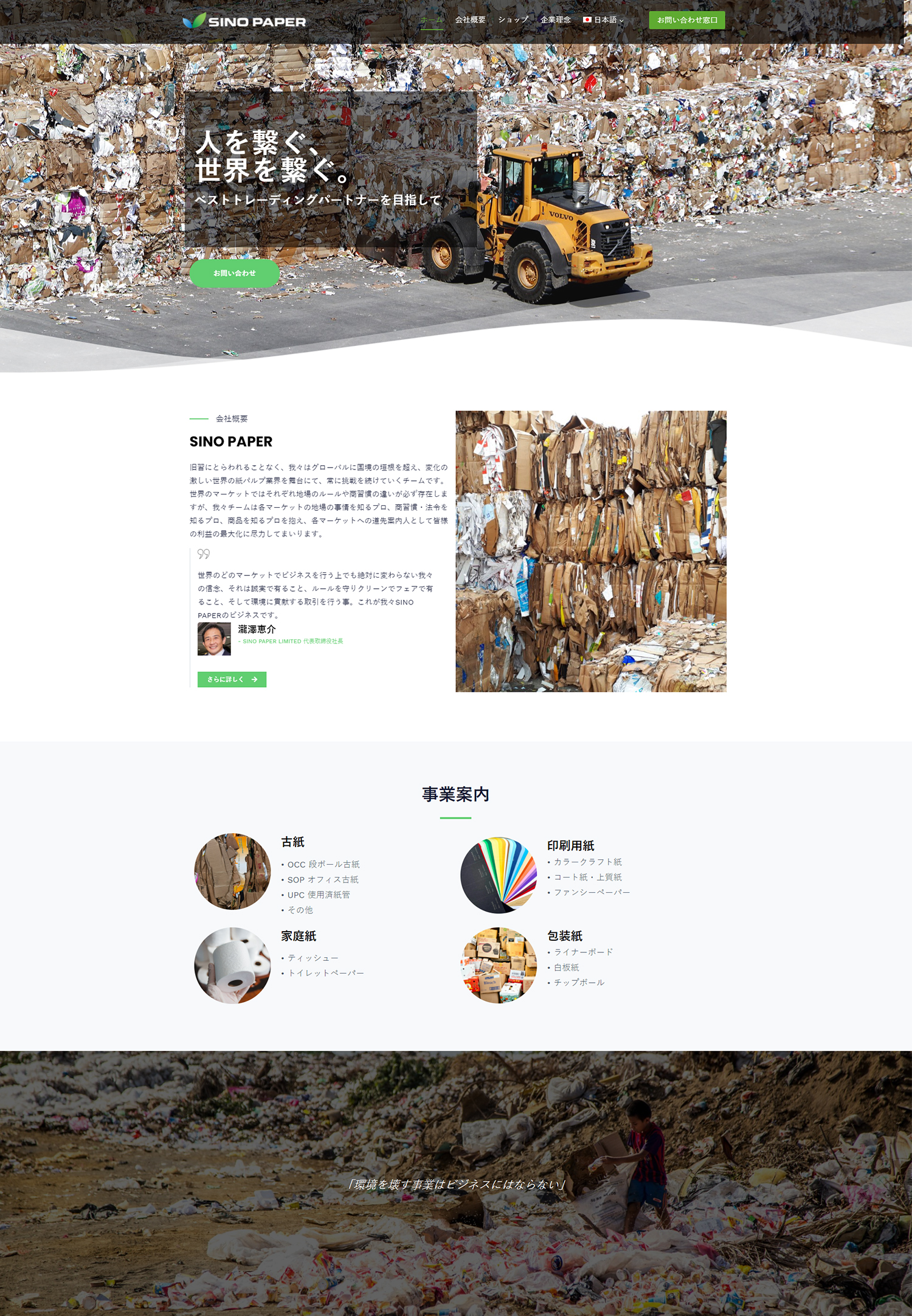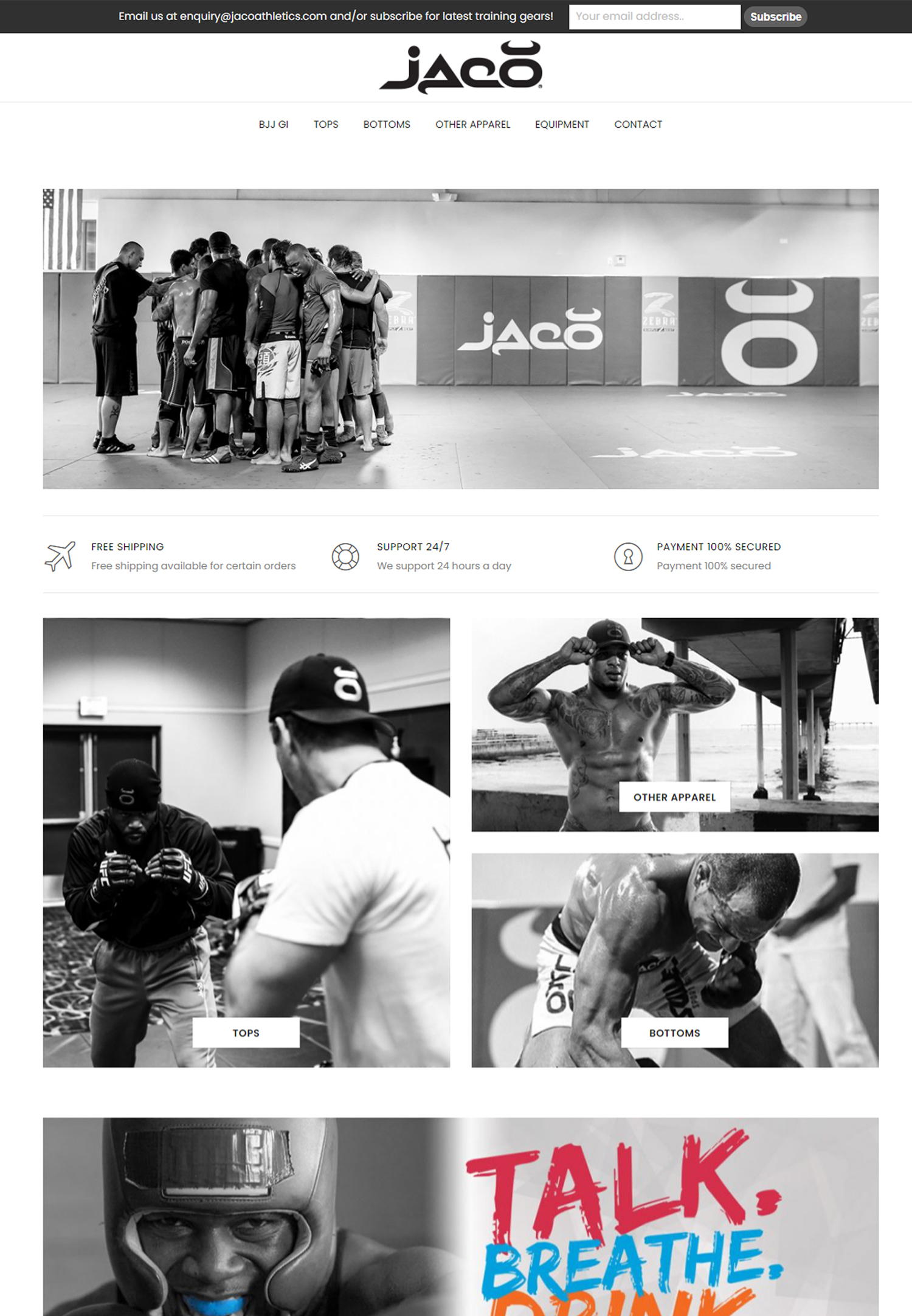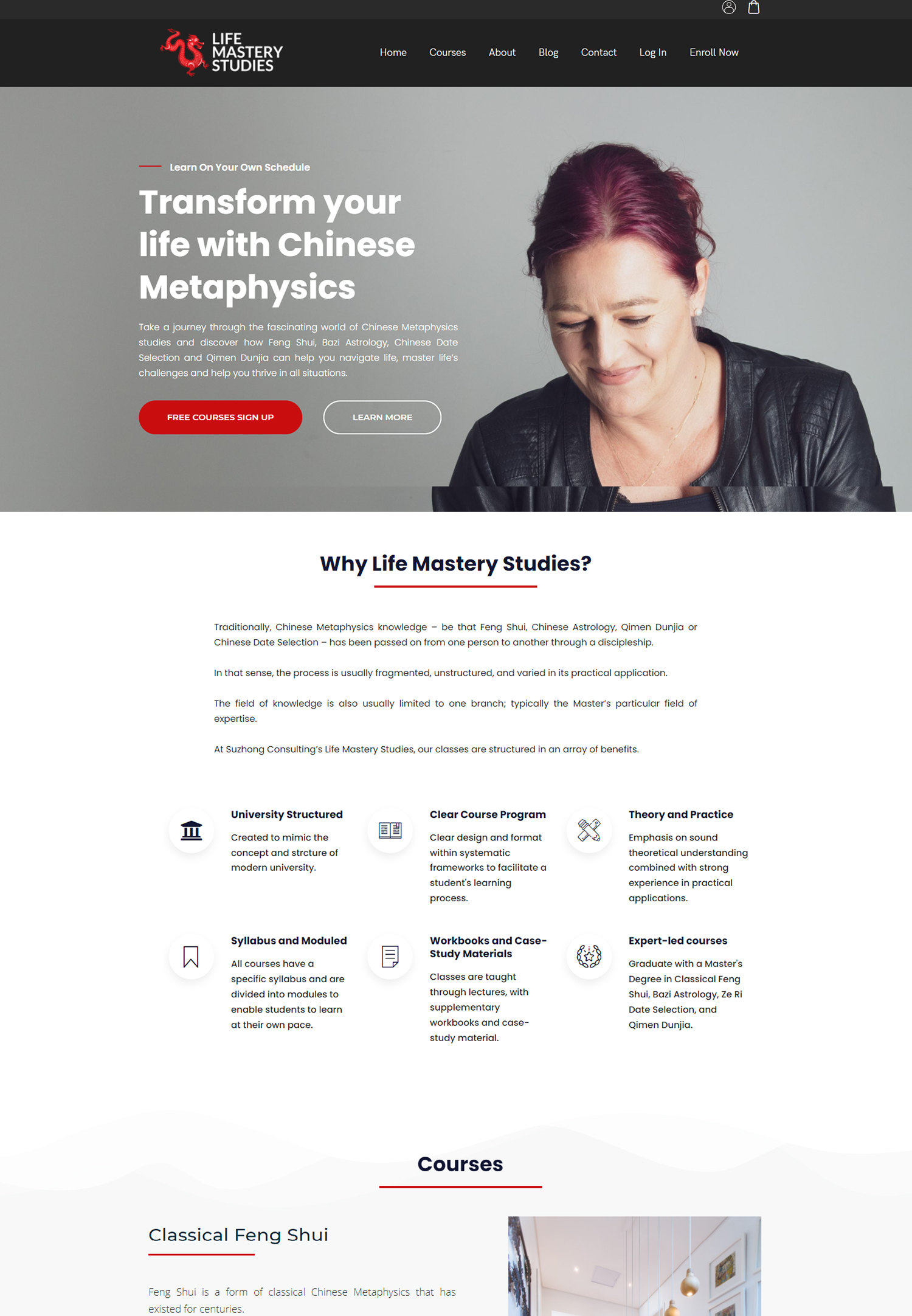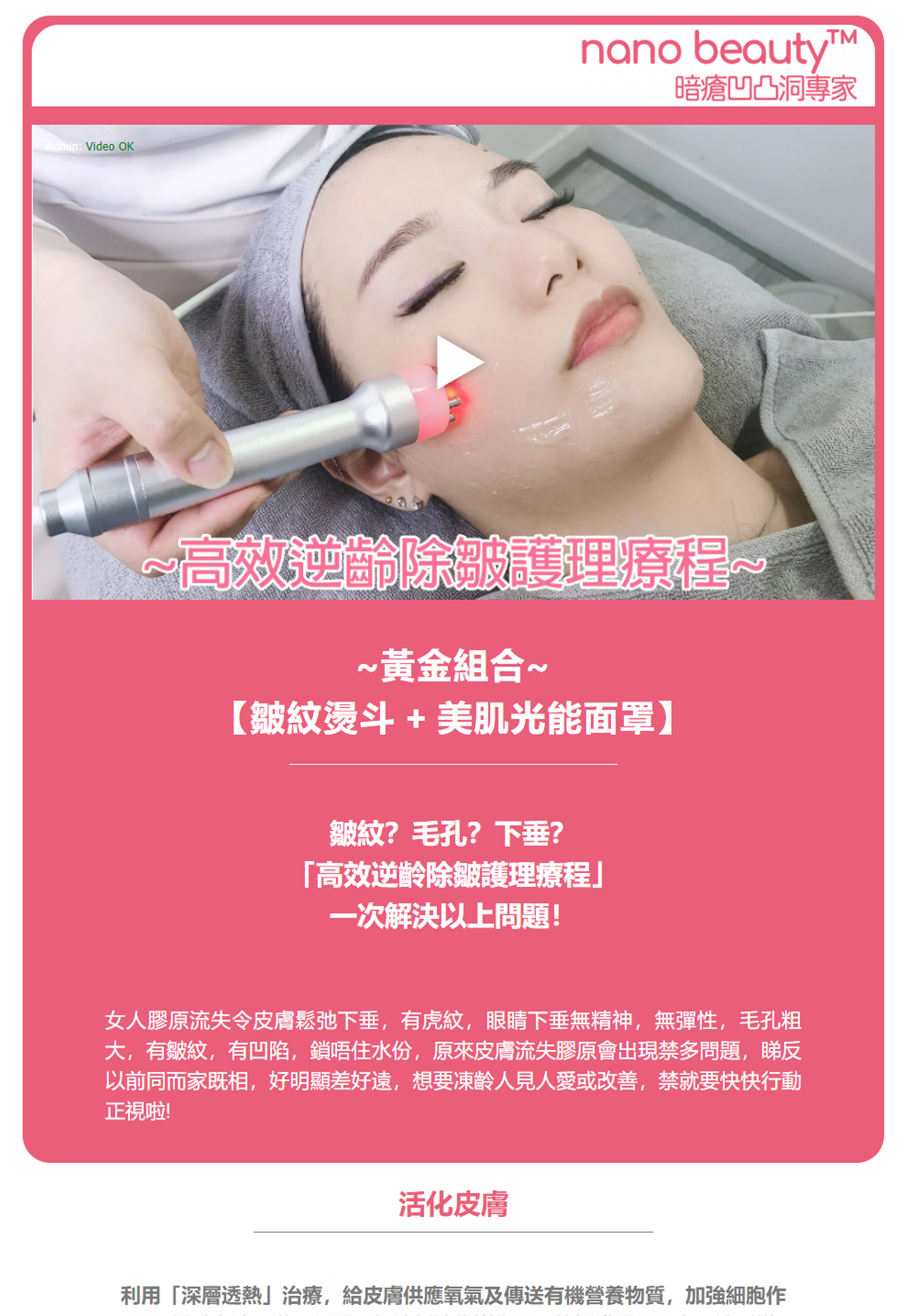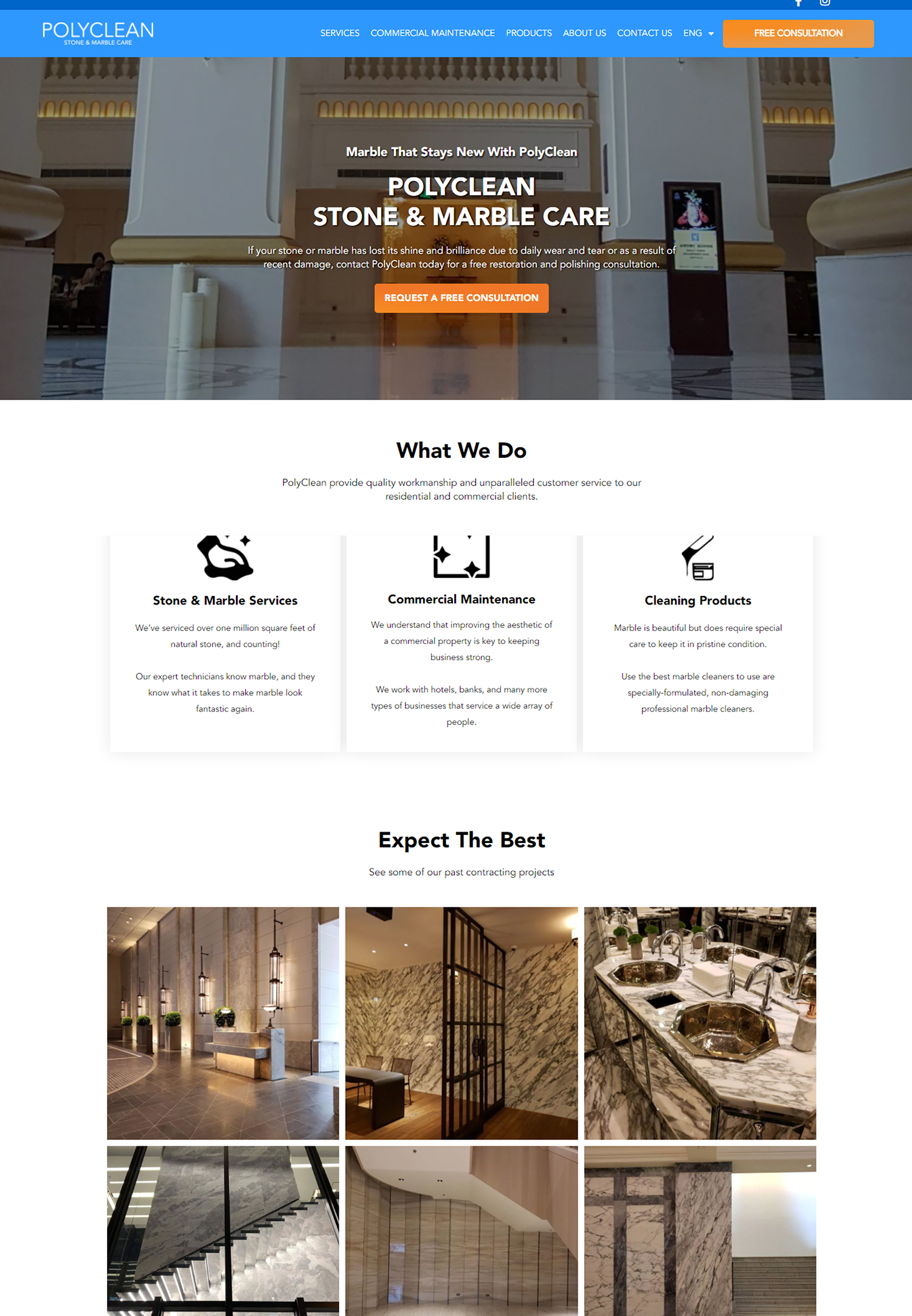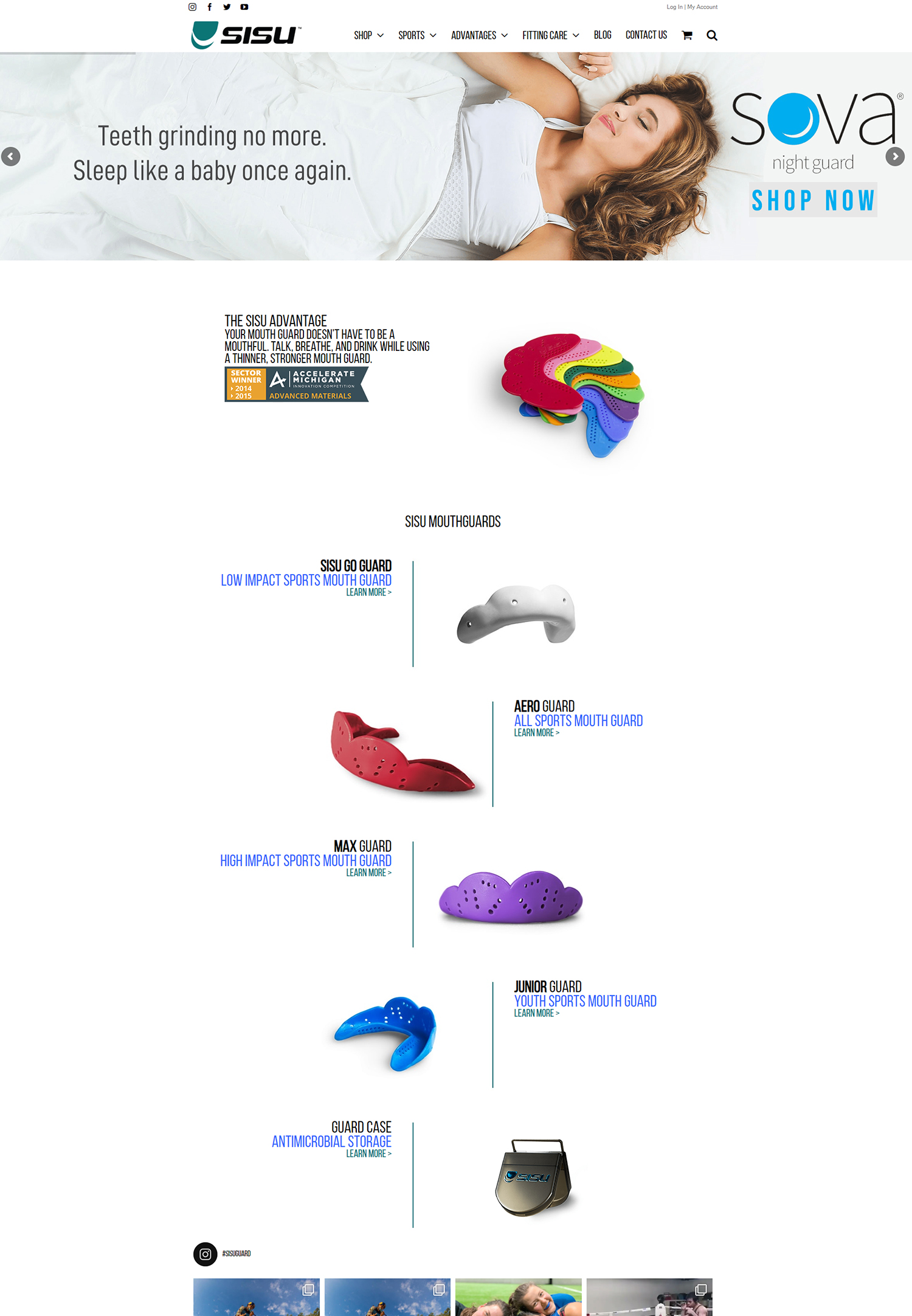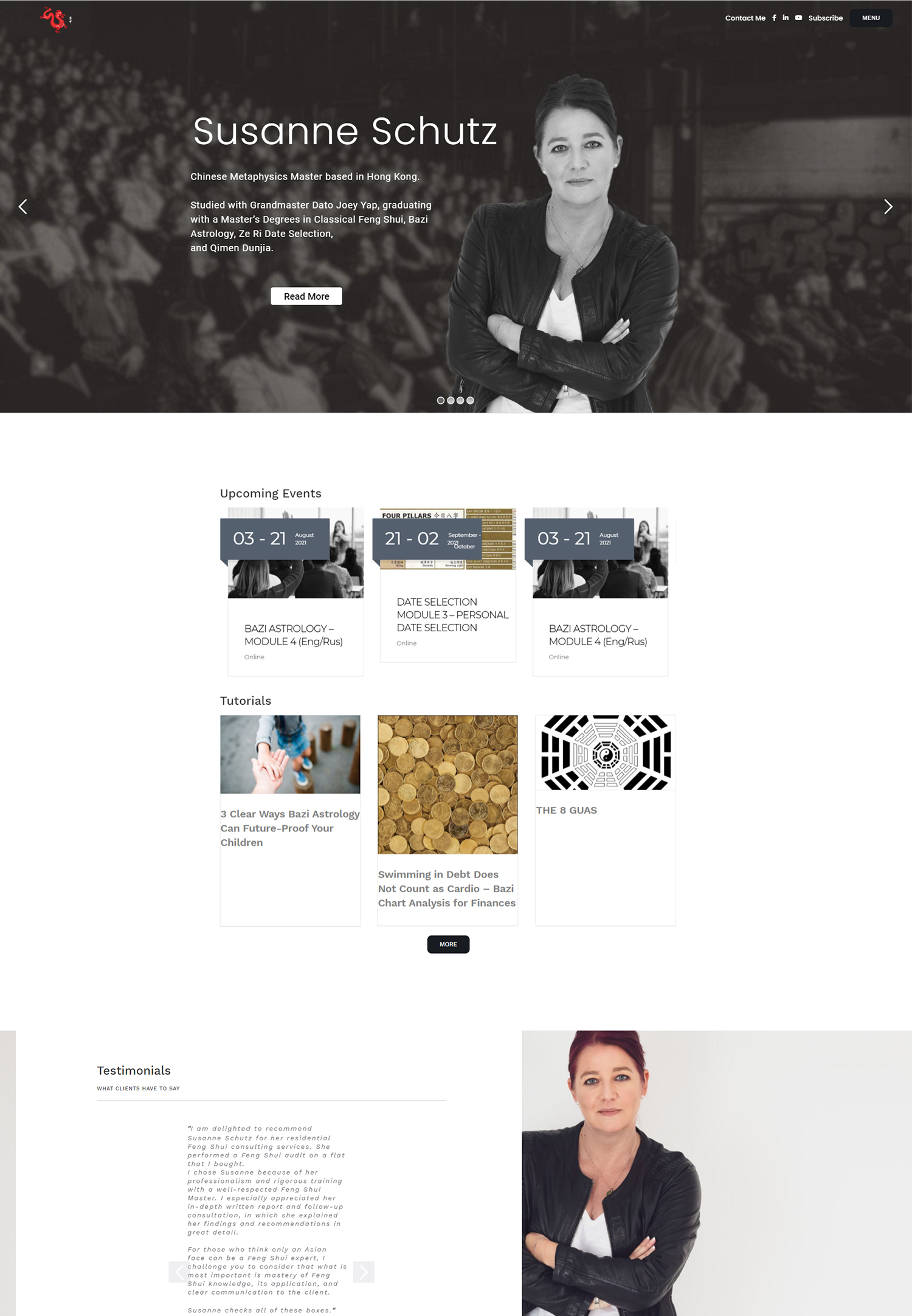In the digital age, email automation has emerged as a cornerstone of effective marketing strategies. At its core, email automation refers to the use of software to send emails automatically based on predefined triggers or schedules. This technology allows us to streamline our communication processes, ensuring that our messages reach the right audience at the right time without requiring constant manual effort.
By automating our email campaigns, we can focus on crafting compelling content and developing our overall marketing strategy while the software handles the logistics of sending and tracking our emails. Moreover, email automation is not just about sending out mass emails; it’s about creating a seamless experience for our audience. We can set up automated workflows that nurture leads, welcome new subscribers, or re-engage inactive customers.
This level of personalization and timing can significantly enhance our engagement rates and improve customer satisfaction. As we delve deeper into the world of email automation, we will discover how it can transform our marketing efforts and foster stronger relationships with our customers.
Key Takeaways
- Email automation allows for the automatic sending of emails based on triggers or schedules.
- Personalized and targeted email campaigns can increase engagement and conversion rates.
- Segmenting your customer base helps tailor messages to specific groups for more effective communication.
- Leveraging behavioral triggers, such as abandoned cart emails, can re-engage customers.
- A/B testing can help optimize email campaigns by testing different elements to see what resonates best with your audience.
Creating Personalized and Targeted Email Campaigns
Personalization is a key element in the success of any email campaign. When we tailor our messages to meet the specific needs and preferences of our audience, we increase the likelihood of engagement and conversion. By utilizing data such as past purchase behavior, browsing history, and demographic information, we can craft emails that resonate with our recipients on a personal level.
This approach not only makes our emails more relevant but also fosters a sense of connection between our brand and our customers. Targeted email campaigns allow us to segment our audience based on various criteria, ensuring that each group receives content that speaks directly to their interests. For instance, we might create separate campaigns for new customers, loyal patrons, or those who have shown interest in specific products.
By doing so, we can deliver tailored messages that address the unique needs of each segment, ultimately driving higher open and click-through rates. As we explore the intricacies of creating personalized campaigns, we will uncover strategies that can elevate our email marketing efforts to new heights.
Segmenting Your Customer Base for Effective Communication
Segmentation is a powerful tool in email marketing that enables us to divide our customer base into distinct groups based on shared characteristics. By categorizing our audience according to factors such as demographics, purchase history, or engagement levels, we can create more targeted and effective communication strategies. This practice allows us to send relevant content to each segment, increasing the chances of engagement and conversion.
When we segment our customer base effectively, we can tailor our messaging to address the specific needs and preferences of each group. For example, we might send promotional offers to frequent buyers while providing educational content to new subscribers who are still exploring our products or services. This level of customization not only enhances the customer experience but also improves our overall marketing performance.
As we delve into segmentation strategies, we will discover how to leverage data to create meaningful connections with our audience.
Leveraging Behavioral Triggers to Engage Customers
Behavioral triggers are actions taken by customers that can prompt automated email responses from us. These triggers can include activities such as signing up for a newsletter, abandoning a shopping cart, or making a purchase. By leveraging these behaviors, we can create timely and relevant communications that encourage further engagement.
For instance, if a customer leaves items in their cart without completing the purchase, we can send a gentle reminder email with an incentive to complete their transaction. Utilizing behavioral triggers allows us to engage customers at critical moments in their journey with our brand. By responding promptly to their actions, we demonstrate that we are attentive to their needs and preferences.
This approach not only enhances customer satisfaction but also increases the likelihood of conversions. As we explore the various types of behavioral triggers available to us, we will learn how to implement them effectively in our email automation strategy.
Utilizing A/B Testing to Optimize Email Campaigns
A/B testing is an essential practice in email marketing that allows us to compare two versions of an email to determine which one performs better. By testing different elements such as subject lines, content layout, or call-to-action buttons, we can gain valuable insights into what resonates most with our audience. This data-driven approach enables us to make informed decisions that enhance the effectiveness of our campaigns.
When we conduct A/B tests, it’s crucial to focus on one variable at a time to accurately assess its impact on performance. For example, if we want to test subject lines, we should keep all other elements consistent across both versions of the email. Once we gather enough data from our tests, we can analyze the results and apply the winning elements to future campaigns.
This iterative process not only helps us refine our email marketing strategy but also ensures that we are continuously improving our engagement rates.
Implementing Drip Campaigns for Ongoing Engagement
Drip campaigns are a series of automated emails sent over time to nurture leads and maintain engagement with customers. These campaigns are designed to deliver relevant content at specific intervals based on user behavior or predefined timelines. By implementing drip campaigns, we can guide our audience through their customer journey, providing them with valuable information and resources along the way.
For instance, when a new subscriber joins our mailing list, we can set up a welcome drip campaign that introduces them to our brand and highlights key products or services. As they progress through the campaign, we can share educational content, special offers, or testimonials that encourage them to take action. Drip campaigns not only keep our audience engaged but also help build trust and loyalty over time.
As we explore the intricacies of designing effective drip campaigns, we will uncover strategies that can enhance customer retention and drive conversions.
Monitoring and Analyzing Email Performance Metrics
To gauge the success of our email campaigns, it is essential for us to monitor and analyze key performance metrics. Metrics such as open rates, click-through rates, conversion rates, and unsubscribe rates provide valuable insights into how well our emails are resonating with our audience. By regularly reviewing these metrics, we can identify trends and areas for improvement in our email marketing strategy.
For example, if we notice a decline in open rates over time, it may indicate that our subject lines are not compelling enough or that our audience is losing interest in our content. Conversely, high click-through rates may suggest that our messaging is effective and engaging. By analyzing these metrics in conjunction with segmentation data and A/B testing results, we can make informed decisions that enhance the overall performance of our email campaigns.
Integrating Email Automation with Customer Relationship Management (CRM) Systems
Integrating email automation with Customer Relationship Management (CRM) systems is a game-changer for enhancing our marketing efforts. A CRM system allows us to manage customer interactions and data throughout the customer lifecycle effectively. By connecting our email automation platform with our CRM system, we can streamline communication processes and ensure that all customer data is centralized and accessible.
This integration enables us to leverage customer insights for more targeted email campaigns. For instance, when a customer makes a purchase or interacts with our brand in any way, this information is automatically updated in our CRM system. We can then use this data to trigger personalized follow-up emails or promotional offers based on their behavior.
Additionally, having a comprehensive view of customer interactions allows us to refine our segmentation strategies further and create more meaningful connections with our audience. In conclusion, mastering email automation requires a multifaceted approach that encompasses understanding its basics, creating personalized campaigns, segmenting audiences effectively, leveraging behavioral triggers, utilizing A/B testing, implementing drip campaigns, monitoring performance metrics, and integrating with CRM systems. By embracing these strategies collectively, we can enhance our email marketing efforts and foster lasting relationships with our customers while driving business growth.






